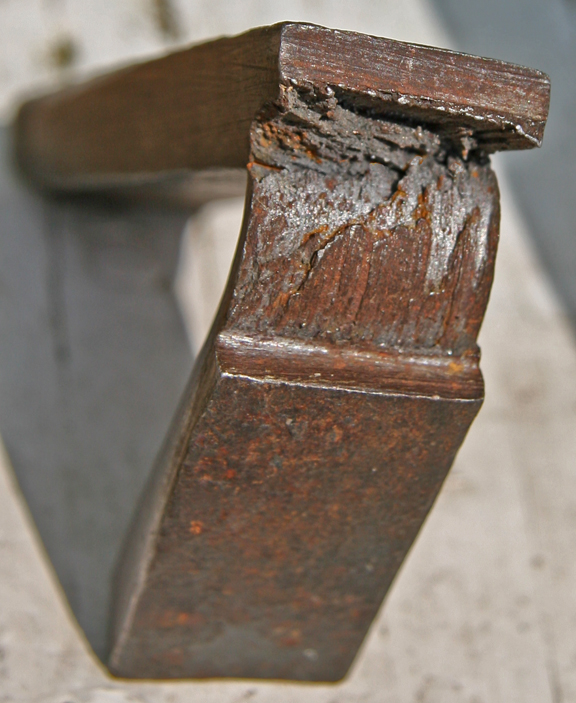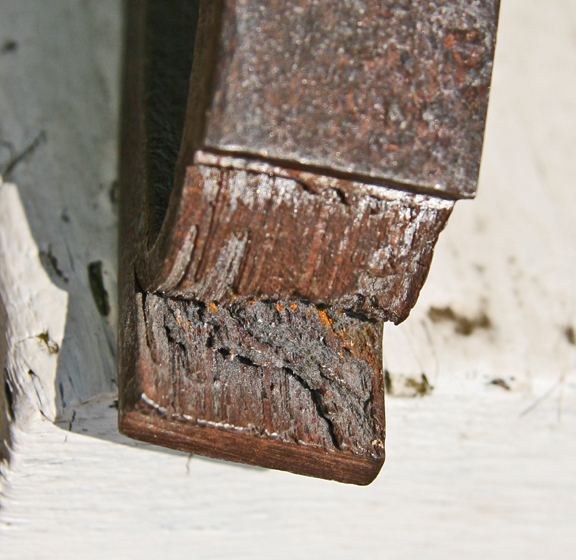Going back about 45-50 years when I first was introduced to M/Ls, my mentor built quite a few rifles using salvaged original barrels as well as high-end modern ones. All were accurate shooters. Because at the time, we were both on very limited budgets, I asked why he messed with the old, hand-forged barrels.
He proceeded to hang two side-by-side from wires or strings (don't remember which) and tapped each with a hammer. The new barrel rang like a windchime, the old original had a distinctly different sound. Theory was the new barrels vibrated whereas the old forged barrels did not, making the old barrels worth the effort to refresh into accurate shooters. At that time, old parts were common, fairly cheap, and more interesting than commercially available goods. Wax-cast parts sometimes had hidden flaws not apparent 'til you'd spent hours filing on them. It was a different time.
The man was an artist in many ways. I "helped" him fresh out and re-rifle a couple on a hand-powered rifling "machine" - each cut deepened with a piece of heavy paper beneath the cutter. When the cutter emerged from the end of the barrel, it was very hot as I remember.
Anyway ...my hat's off to those who can, as he did, start with a slab of wood, a mixture of old parts and new, figure out means to get a job done and end up with a rifle that is not only a good shooter but also quite attractive. So ...anyone experienced in shooting old, forged barrels ?
I have several old-timers I'd like to shoot again but the bores are long gone.
He proceeded to hang two side-by-side from wires or strings (don't remember which) and tapped each with a hammer. The new barrel rang like a windchime, the old original had a distinctly different sound. Theory was the new barrels vibrated whereas the old forged barrels did not, making the old barrels worth the effort to refresh into accurate shooters. At that time, old parts were common, fairly cheap, and more interesting than commercially available goods. Wax-cast parts sometimes had hidden flaws not apparent 'til you'd spent hours filing on them. It was a different time.
The man was an artist in many ways. I "helped" him fresh out and re-rifle a couple on a hand-powered rifling "machine" - each cut deepened with a piece of heavy paper beneath the cutter. When the cutter emerged from the end of the barrel, it was very hot as I remember.
Anyway ...my hat's off to those who can, as he did, start with a slab of wood, a mixture of old parts and new, figure out means to get a job done and end up with a rifle that is not only a good shooter but also quite attractive. So ...anyone experienced in shooting old, forged barrels ?
I have several old-timers I'd like to shoot again but the bores are long gone.






